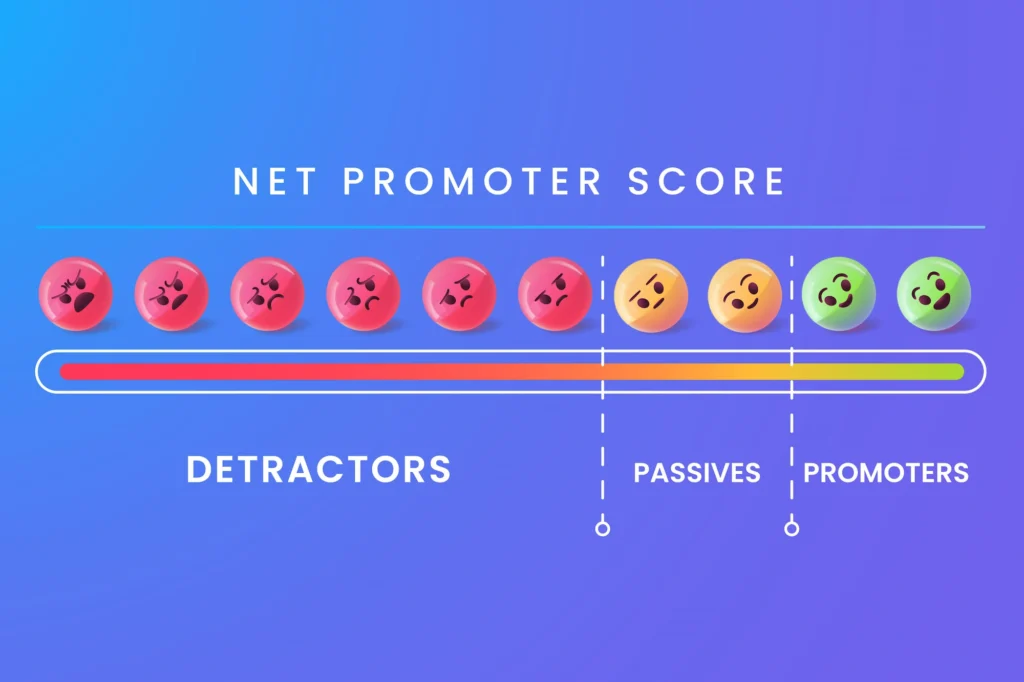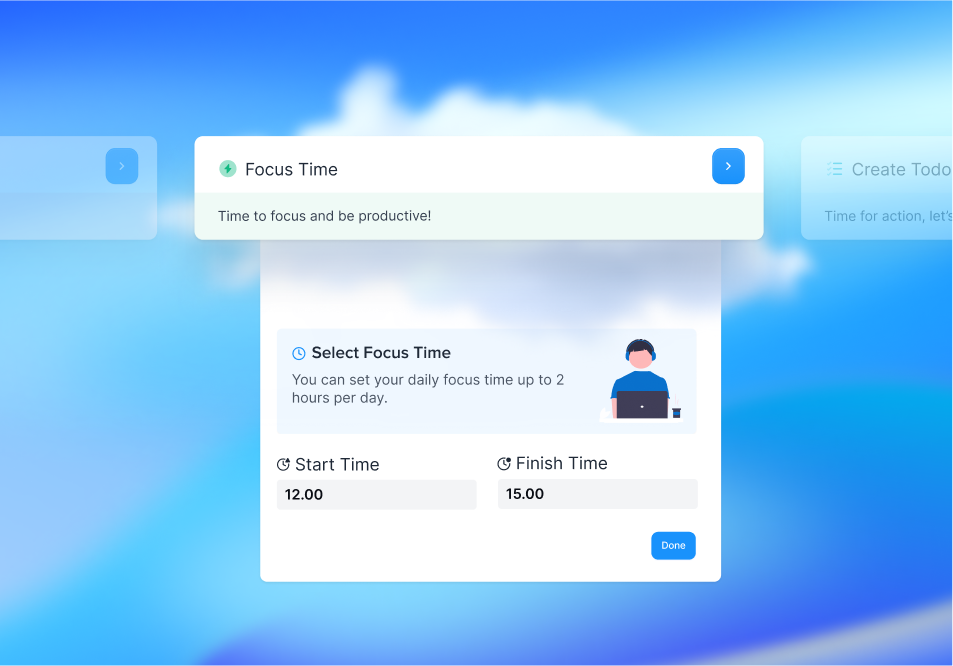15 Key Product Management Metrics and KPIs

In the fast-paced world of product management, metrics and KPIs (Key Performance Indicators) serve as the compass guiding you toward success. They provide actionable insights, enabling product managers to measure performance, identify opportunities, and drive results. Imagine steering a ship without a map—metrics and KPIs ensure you navigate the product journey efficiently and confidently.
This article dives into the critical metrics every product manager needs, offering detailed explanations to help you track, measure, and refine your strategies for maximum impact. Whether you’re a seasoned PM or new to the field, this guide equips you to harness data for smarter decisions.
What Are Product Metrics and KPIs?
Product metrics are quantifiable measures that track specific aspects of a product’s performance, user behavior, or business outcomes. Meanwhile, KPIs are a subset of metrics that are directly tied to achieving strategic goals.
For example, while a metric like “number of logins” provides data, a KPI like “monthly active users” aligns with a broader objective, such as increasing product engagement. These tools are essential for understanding user needs, optimizing features, and ensuring alignment with business objectives.
Metrics answer the “what,” while KPIs focus on the “why.” Together, they form the foundation of a data-driven product strategy, helping teams prioritize resources and deliver meaningful outcomes.

15 Essential Product Management Metrics and KPIs for Success
1. Monthly Active Users (MAU)
MAU tracks the total number of unique users interacting with your product over a month. This metric is a key indicator of product adoption and long-term user retention. By monitoring MAU, product managers can identify trends in user growth or decline and assess the effectiveness of marketing campaigns or feature rollouts.
Strategies like improving onboarding flows or launching targeted promotions can drive MAU upward, ensuring the product remains relevant to its audience.
2. Daily Active Users (DAU)
DAU measures the number of unique users engaging with your product daily. This metric offers insights into the stickiness of your product—how often users find value in their daily interactions.
Tracking DAU alongside MAU helps calculate the DAU/MAU ratio, revealing the percentage of active users over time. A high ratio indicates consistent engagement, while a low one signals the need for deeper analysis into user behavior.
3. Net Promoter Score (NPS)
NPS evaluates customer satisfaction and loyalty by asking users how likely they are to recommend your product to others. Responses are categorized into promoters, passives, and detractors, with a score ranging from -100 to +100.
High NPS scores indicate strong brand loyalty, while low scores highlight areas for improvement. Regularly collecting and analyzing NPS feedback can guide feature development and improve the overall user experience.

4. Customer Retention Rate
Retention rate measures the percentage of customers who continue using your product over a given period. It’s a direct reflection of how well your product meets user needs and delivers value.
A high retention rate suggests strong product-market fit, while a declining rate calls for immediate action. Strategies like personalized marketing, proactive support, and continuous value delivery can enhance retention.
5. Customer Churn Rate
Churn rate represents the percentage of customers who stop using your product during a specified timeframe. It’s a critical metric for understanding customer dissatisfaction and pinpointing weaknesses in your offering.
Reducing churn involves identifying pain points, addressing them promptly, and maintaining open communication with users. Tools like exit surveys and churn prediction models can help mitigate this issue effectively.
6. Average Revenue Per User (ARPU)
ARPU measures the revenue generated per active user over a specific period. It’s calculated by dividing total revenue by the number of active users, providing insights into the financial value of your user base.
This metric is particularly important for subscription-based or freemium products, where upselling or premium features drive profitability. Monitoring ARPU helps product managers identify revenue-generating opportunities and assess the impact of pricing changes or new monetization strategies.
7. Customer Lifetime Value (CLTV)
CLTV estimates the total revenue a customer is expected to generate over their relationship with your product. This metric is crucial for evaluating long-term profitability and guiding investment decisions in customer acquisition and retention strategies.
A high CLTV indicates strong customer loyalty and effective monetization, while a low CLTV might signal the need for improving user engagement or value delivery. Pairing CLTV with customer acquisition cost (CAC) can help you evaluate the efficiency of your marketing efforts.
8. Conversion Rate
The conversion rate measures the percentage of users who complete a desired action, such as signing up, making a purchase, or upgrading to a premium plan. This metric is key for understanding the effectiveness of your product’s user journey and call-to-action elements.
Optimizing the conversion funnel—through A/B testing, improved UI/UX, and personalized content—can significantly enhance this KPI, ensuring users seamlessly progress through each stage of interaction.
9. Feature Usage Metrics
Feature usage metrics reveal how often specific product features are used and by whom. These insights help product managers prioritize development resources and refine features that drive the most value for users.
Regularly analyzing feature adoption ensures that teams focus on enhancements that align with user needs, improving the product’s overall utility and stickiness.
10. Bounce Rate
Bounce rate measures the percentage of users who leave your website or app after visiting just one page or screen. A high bounce rate often signals poor user experience, irrelevant content, or ineffective marketing campaigns.
Lowering bounce rates involves optimizing landing pages, improving content relevance, and ensuring smooth navigation. Tracking this metric helps create a more engaging and intuitive product experience.
11. Time on Page
This metric tracks how long users spend on a particular page or screen within your product. Longer times typically indicate higher engagement or content relevance, while shorter times may suggest confusion or lack of interest.
Using tools like heatmaps and session recordings can help identify areas where users spend the most time and improve elements that keep them engaged longer.
12. Task Success Rate
Task success rate measures how efficiently and effectively users achieve specific goals, such as completing a transaction or submitting a form. It’s a direct indicator of the usability and intuitiveness of your product.
High task success rates suggest that your product aligns well with user expectations, while low rates highlight opportunities for streamlining processes or improving instructions.
13. Time to Market
This metric reflects the speed at which your team delivers new features or products from concept to launch. Faster time to market often correlates with increased competitiveness and customer satisfaction.
Reducing time to market involves improving workflows, embracing agile methodologies, and leveraging automation where possible, ensuring timely delivery without compromising quality.
14. Bug and Issue Resolution Time
This KPI measures how quickly your team identifies and resolves bugs or user-reported issues. A shorter resolution time enhances user satisfaction and reinforces trust in your product.
Implementing robust bug tracking systems and prioritizing critical issues can help maintain high-quality standards and reduce downtime for users.
15. Roadmap Delivery Progress
Roadmap delivery progress tracks how effectively your team adheres to planned product milestones. It ensures alignment with strategic goals and highlights areas for improvement in resource allocation or execution.
Regularly reviewing and adjusting your roadmap based on progress metrics helps maintain flexibility and ensures you’re meeting customer expectations.
How to Choose the Right KPI for Your Product Strategy
Choosing the right KPIs starts with aligning them with your product’s specific goals and lifecycle stage. For instance, an early-stage product may focus on acquisition metrics like MAU and conversion rates, while a mature product might prioritize retention and CLTV.
Steps to identify the right KPIs:
- Define your goals: What are you trying to achieve—growth, engagement, revenue, or retention?
- Understand your audience: Analyze user behavior to determine which metrics matter most.
- Use SMART criteria: Ensure KPIs are Specific, Measurable, Achievable, Relevant, and Time-bound.
Selecting the wrong KPIs can lead to misguided decisions, so take time to evaluate their relevance and impact before committing.
H2: How to Measure and Track Product Management KPIs Effectively
Effectively measuring and tracking KPIs requires the right tools, methodologies, and a culture of continuous improvement. Start by setting benchmarks and defining clear success criteria for each KPI.
Best practices for tracking KPIs:
- Use analytics tools: Platforms like Google Analytics, Amplitude, or Mixpanel can provide detailed insights.
- Automate reporting: Regular updates ensure stakeholders stay informed without manual effort.
- Visualize data: Dashboards and visual aids help teams quickly understand trends and act on them.
Consistency is key—regularly reviewing your KPIs and adjusting based on new data ensures your strategies remain relevant and effective.
Common Challenges in Measuring Product Management KPIs
Tracking and measuring KPIs can be complex, especially in dynamic product environments. Understanding the common challenges ensures that teams are prepared to tackle obstacles effectively.
1. Data Quality Issues
Poor data quality is a significant hurdle in accurate KPI measurement. Inconsistent, incomplete, or outdated data can lead to misleading insights, resulting in suboptimal decisions. For example, discrepancies in user activity logs might misrepresent engagement levels.
Solution: Implement data validation processes, regularly audit your databases, and use tools that integrate seamlessly across your systems to ensure data consistency.
2. Overemphasis on Vanity Metrics
Vanity metrics, such as total downloads or page views, may look impressive but rarely provide actionable insights. They fail to reflect real user value or product performance.
Solution: Focus on actionable metrics, such as conversion rates, retention rates, or CLTV, which directly align with strategic objectives.
3. Misalignment with Business Goals
KPIs that don’t align with the broader business strategy can lead to wasted resources and efforts. For instance, focusing on increasing DAU without addressing churn could hinder long-term growth.
Solution: Regularly revisit your KPIs to ensure they support overarching business goals and adjust them as priorities evolve.
4. Difficulty in Benchmarking
Without industry benchmarks or historical data, evaluating KPI performance can be challenging. Teams may struggle to determine whether their metrics indicate success or failure.
Solution: Use competitive analysis and internal data trends to establish realistic benchmarks and growth targets.
5. Lack of Cross-Team Collaboration
KPI tracking often involves multiple teams, from marketing to product development. A lack of communication can lead to fragmented efforts and missed opportunities.
Solution: Foster collaboration through regular check-ins, shared dashboards, and alignment meetings to ensure all teams work toward common goals.
How Peerbie Helps Teams Achieve Product Management KPIs
Peerbie is an innovative product management platform designed to help teams achieve their KPIs efficiently and collaboratively. With features tailored to simplify tracking and execution, Peerbie empowers teams to focus on results.

Key Features of Peerbie
1. Real-Time KPI Dashboards: Peerbie provides visually engaging dashboards that track metrics like MAU, retention rates, and feature usage in real-time.
2. Collaborative Tools: Integrated collaboration features ensure that cross-functional teams can work seamlessly, from developers to marketers.
3. Goal Setting and Progress Tracking: The platform allows teams to set goals, monitor progress, and adjust priorities to stay aligned with business objectives.
Benefits of Using Peerbie
- Enhanced Visibility: Peerbie centralizes data, making it accessible and actionable for all stakeholders.
- Streamlined Workflows: Automation features reduce manual efforts, enabling teams to focus on strategy.
- Improved Decision-Making: By providing actionable insights, Peerbie ensures teams can make data-driven decisions with confidence.
Whether you’re struggling with data silos or need a better way to visualize your roadmap progress, Peerbie offers a robust solution for achieving product management success.
Metrics and KPIs are the backbone of effective product management. They provide a clear window into user behavior, product performance, and overall business health. By understanding and leveraging key metrics like retention rate, CLTV, and conversion rates, product managers can make informed decisions, optimize strategies, and drive meaningful outcomes.
But success doesn’t come from metrics alone. Choosing the right KPIs, tracking them diligently, and addressing challenges head-on are just as critical. Tools like Peerbie can further simplify this process, empowering teams to focus on delivering exceptional products.
Embrace a data-driven approach, and watch your product management efforts translate into tangible results.

